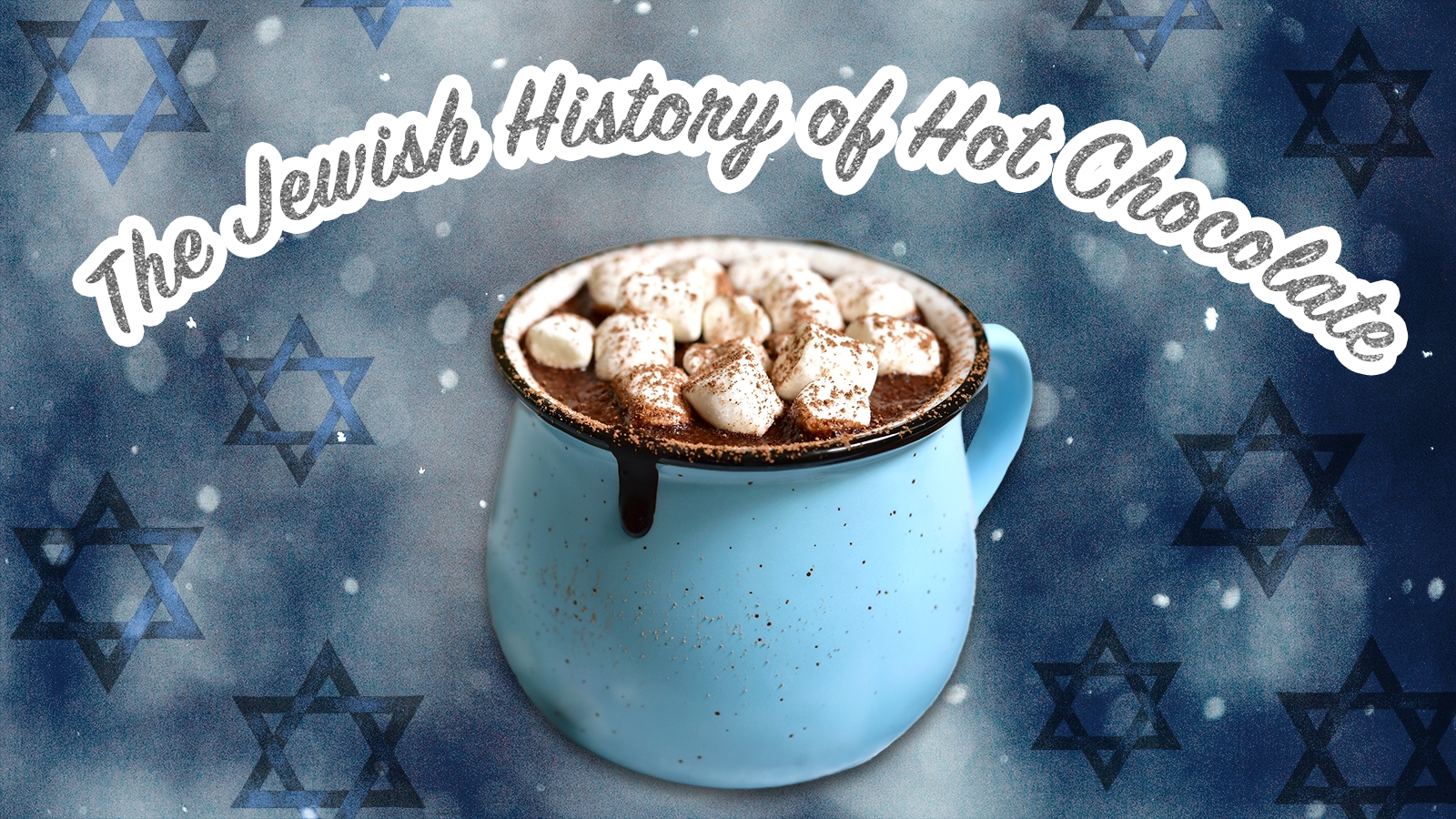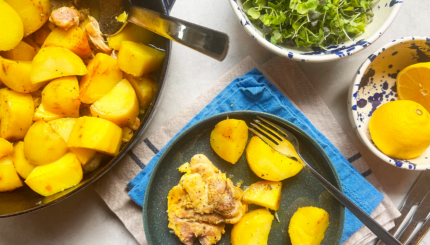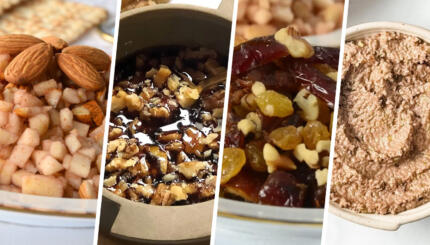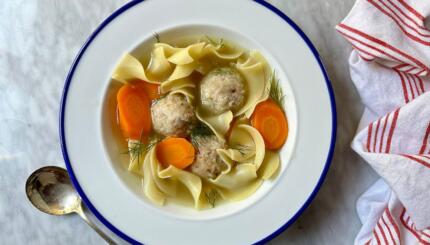When I think about hot chocolate, I picture cozy nights by the fire, warming up with a to-go cup after hitting the ski slopes, and Candace Cameron Bure casually sipping it in one of those classic Hallmark Christmas movie scenes. That said, not once have I considered the winding Jewish history of the drink. And with roughly 75% of Jews not being able to digest lactose, it seems a bit far-fetched that this milk-heavy delight can be credited to the Jewish community.
Rabbi Deborah Prinz, the author of “On the Chocolate Trail: A Delicious Adventure Connecting Jews, Religions, History, Travel, Rituals, and Recipes to the Magic of Cacao,” unveils a fascinating nugget about hot chocolate. Contrary to popular belief, the original hot chocolate had no milk; that addition came much later with the invention of powdered milk. Even more intriguing, Jews played a significant role in introducing chocolate as a beverage to Europe and various parts of the Americas.
Picture yourself in the turbulent landscapes of the mid-1600s, where Crypto-Jews, initially converted to Christianity and subsequently exiled from Spain and later Portugal found themselves immersed in a new territory: New Spain.
“We have recipes of drinking chocolate from Mayans from the colonial period in North America,” Prinz told me, which means that Sephardi and Crypto Jews were part of the chocolate culture of today’s Central and South America.
The Nosher celebrates the traditions and recipes that have brought Jews together for centuries. Donate today to keep The Nosher's stories and recipes accessible to all.
Chocolate has its origins in pre-Columbian Meso-American societies, particularly in the religious ceremonies of the Mayans. Recipes for drinking chocolate from this period connect the deep affinity for chocolate to Central and South American cultures. As Sephardi and Crypto Jews settled in New Spain in the mid-1600s, they became part of the existing chocolate culture, contributing to its development and incorporating chocolate into their culinary traditions. This migration played a role in spreading and shaping chocolate practices in the Americas.
In the period when Crypto Jews were settling into New Spain, chocolate production involved the grinding of cacao beans, resulting in the creation of tablets or balls.
“People might send those chocolate tablets or balls to homes where there has been a death for a meal of consolation,” said Rabbi Prinz. She also explained how these little balls of ground cacao, which were dissolved in water for drinking, were incorporated into Jewish religious ritual: “They were drinking chocolate before and after the Yom Kippur fast.”
And considering there’s likely a bar of chocolate in your kitchen cupboard, you know the story doesn’t stop there.
According to Prinz, the first recorded European contact with chocolate that we know of was Colombus on his fourth voyage. In his son’s diary, he reported that they didn’t know what to do with the strange beans, even mistaking them for almonds. However, once back in Spain, chocolate gradually integrated into European culture. With the ongoing expulsion of Jews from Spain (and later Portugal), leading to their dispersion worldwide, many Jews embraced commerce, seizing chocolate as a novel trading opportunity.
Michael Leventhal, author of “Babka, Boulou and Blintzes: Jewish Chocolate Recipes from Around the World,” wrote that Jewish Spanish merchants played a crucial role in the import and sale of cocoa beans, eventually acquiring the skills to craft chocolate from these beans. As the Jewish diaspora expanded from Spain in the aftermath of the Inquisition, their expertise in chocolate manufacturing also spread.
Bayonne, France, just beyond the Spanish border, was a prime example of Jewish influence in the realm of chocolate. There, Jews were renowned as exceptional chocolatiers, credited with introducing the art of chocolate making to France.
In 1650, a noteworthy figure named Jacob the Jew reportedly brought England its inaugural coffeehouse, with hot chocolate on the menu.
Later in the 1700s (December 16, 1773, to be exact), a group of colonists disguised as Native Americans tossed British tea into the Boston Harbor as a protest against unjust taxes. After all the tea was dumped, colonial Americans needed a new drink, which was when hot chocolate gained popularity. This shift was facilitated by the presence of 18th-century Jewish immigrants, who brought their chocolate making know-how to places like New York and Newport, Rhode Island.
So while it may not seem obvious at first, the twisted tale of Mayan invention, Jewish expulsion and ingenuity is a strong reason why you might have a cup of hot chocolate in your hand this winter.
Looking for inspiration? Hot chocolate is a traditional drink at a brit milah (bris) in Curaçao, often served alongside sponge cookies called panlevi. If you’re feeling adventurous, try your hand at this hawaij hot cocoa with cinnamon whipped cream recipe.



